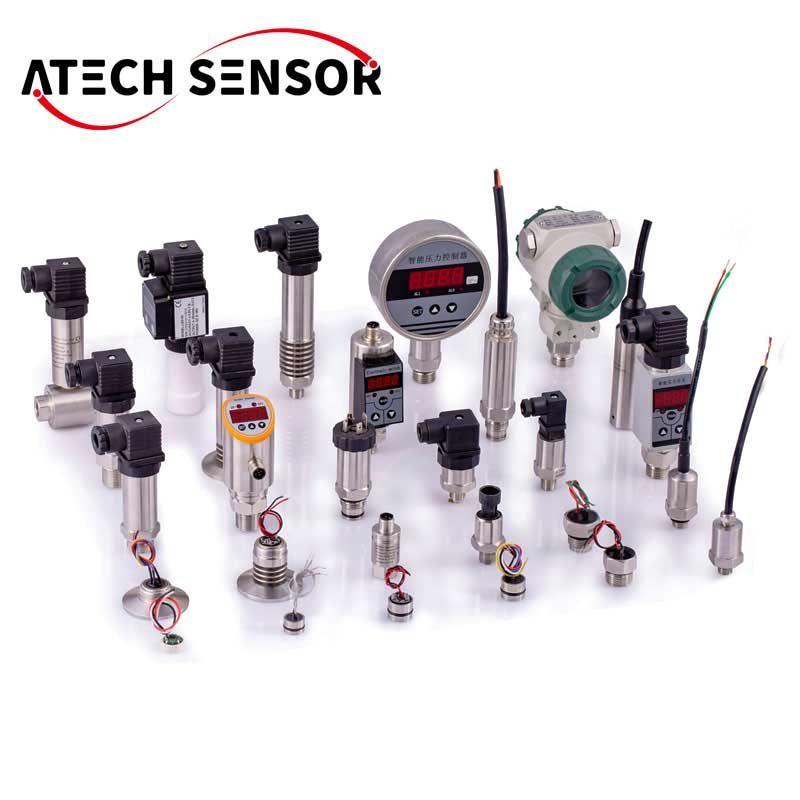Planar diaphragm pressure sensor is a special pressure sensor most commonly used in industrial automatic control. It is widely used in pressure measurement and control of viscous media such as chemical coatings, paints, mud, asphalt, crude oil, etc., to solve the defects of conventional products such as easy clogging and inability to continue to be used.

1.principle
The pressure sensor of the measured pressure element senses the physical pressure signal of the viscous medium melt, fluid, etc. and converts it into an electrical signal output (such as 2.0mV/V, etc.).
2.Structure
It adopts an ultra-large diaphragm design, the core is made of highly sensitive materials, diaphragm isolation technology, and an integrated structure design; when measuring high-temperature media, it uses a medium- and high-temperature pressure-sensitive chip and a heat dissipation pipe structure to effectively solve the problem that the electronic components inside the sensor cannot withstand high temperatures.
3. Features
The test head of the flat membrane pressure sensor adopts a non-pressure induction hole mode to ensure that there is no viscous medium blockage during the measurement process, ensuring the normal operation of pressure detection.
4.Reference Data
Output signal: 2.0mV/V (four-wire system), 4~20mA (two-wire system), 0~5V, 1~5V, 0~10V (three-wire system)
Medium temperature: -20~85℃~450℃Ambient temperature: Normal temperature (-20~85℃)
Load resistance: Current output type: maximum 800Ω; voltage output type: greater than 50KΩ
Insulation resistance: greater than 2000MΩ (100VDC)
Sealing level: IP65
Long-term stability: 0.1%FS/year
Vibration effect: Within the mechanical vibration frequency of 20Hz~1000Hz, the output change is less than 0.1%FS
Electrical interface (signal interface): four-core shielded wire, four-core aviation connector, wire nut
Maximum overpressure: 2 x FS
5. Development direction
Develop towards high-precision measurement and control
Develop towards high reliability and wide temperature range
Develop towards diversified environment use
Develop towards micro power consumption and passivity
Develop towards intelligent digitalization

